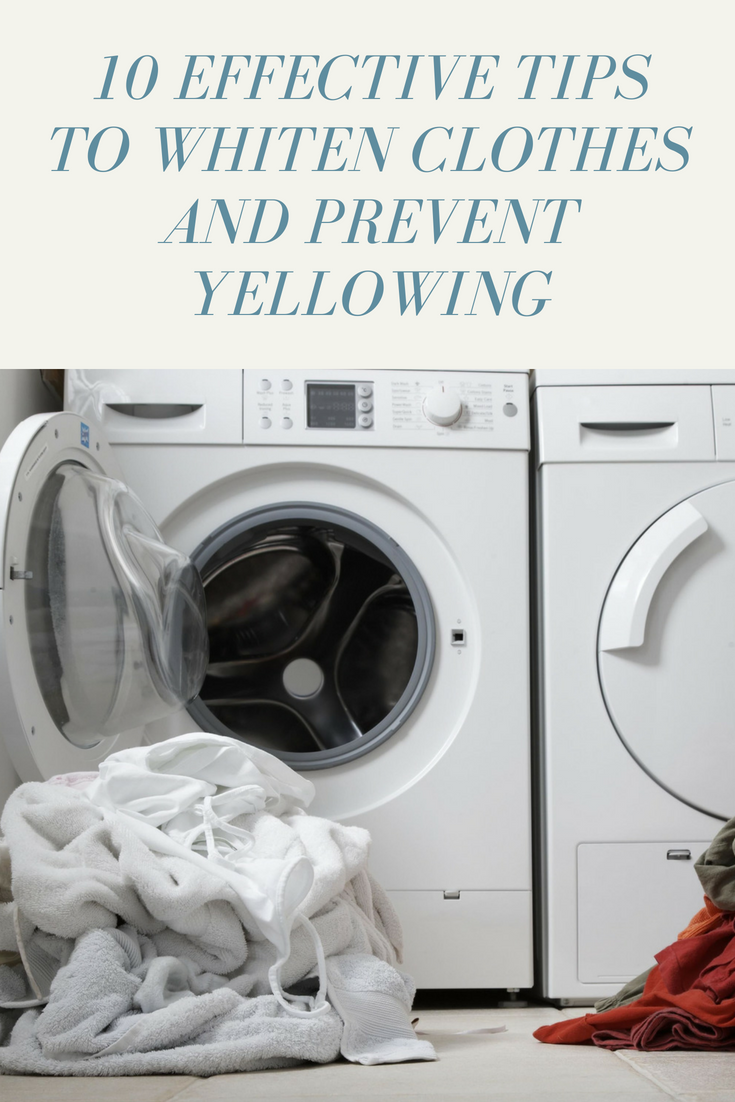It’s hard to find the perfect white top, there’s no doubt about it – which is why it’s really disappointing when you realize that your favourite shirt has seen better days. But before you throw it away or give it away, follow the advice of Carolyn Forte, a cleaning expert, on how to use bleach to refresh clothes damaged by washing.
1. How to whiten clothes

- Always check the care label before using bleach on clothing. If it says “no bleach”, it means (you guessed it!) that you can’t use bleach to clean your clothes.
- The first time you use bleach on clothing, it is best to do a test in a more hidden place (such as inside a collar or cuff) first to make sure it is safe.
- Once you have determined that it is safe for your item of clothing, run your wash cycle as usual. If you use a fabric-based or oxygen-based bleach, you can add it at the beginning of the cycle according to the manufacturer’s instructions. For liquid bleach, add the amount specified by the manufacturer to the machine’s detergent dispenser five minutes after the cycle.
- Dry your article as usual.
2. How to prevent white clothes from getting damged in the washer
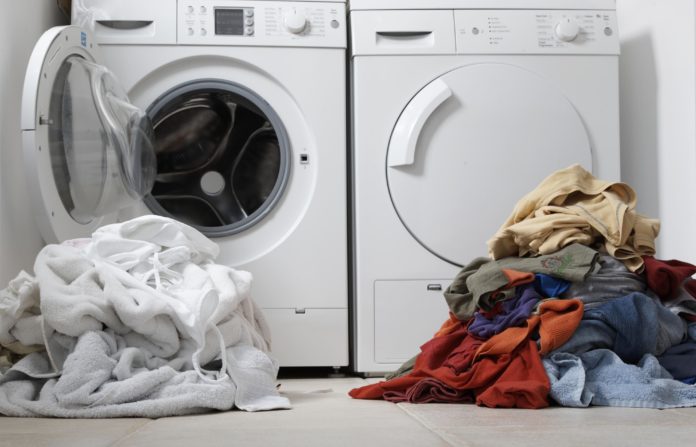
It is not easy to keep garments white. The more you wash it the more it is going to get used. Here are some tips to make sure they stay nice.
3. Wash clothes after wearing them once or twice

Even if you can’t see them, invisible dirt and perspiration can turn white fabrics yellow or grey over time. “It is important to wash them before dirt accumulates,” says Forte.
4. Tackle stains as soon as you can

Food stains, like ketchup or coffee, are easy to see, but things you can’t see, like sweat marks, need to be treated as quickly as food stains to avoid buildup. To do this, rub a liquid enzymatic detergent on the armpit area, then let your shirt or top rest 15 minutes before putting it in the sink or a container filled with water.
5. Always seprerate white and coloured clothes
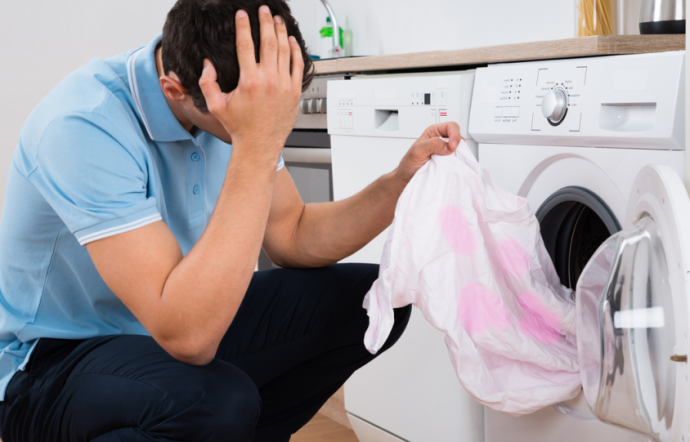
Of course, it seems obvious, but it really makes a difference, according to Forte: “It’s a must!” When you do this, you can use a catching-colour cloth to lure the loose dye into your white charge and prevent the colour from settling.
6. Choose a detergent containing bleach
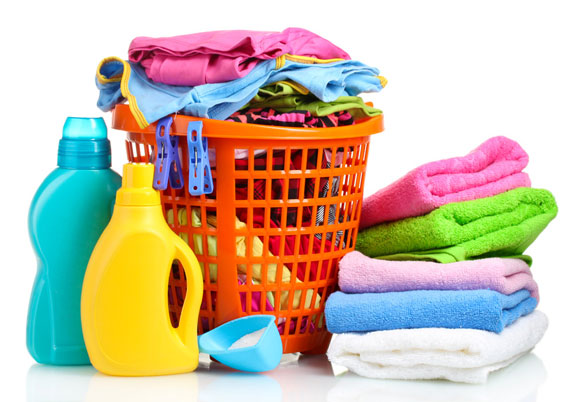
Or alternatives to bleach. Forte says that these products generally allow you to have whiter white clothes during the wash cycle. Another cleaner you might want to try is a blueing agent that turns fabrics blue-white instead of yellow-white.
7. Be precise when you measure detergent
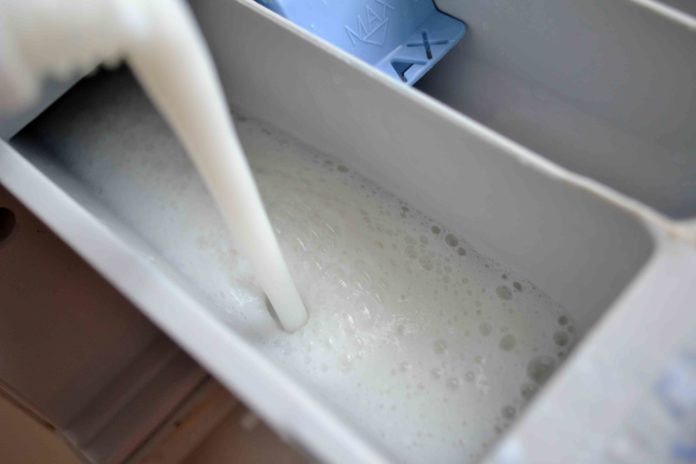
“Overuse or underuse of detergent can make fabrics grey and dirty,” explains Forte. This is because foams line fabrics and dirt, so stains get stuck and don’t wash properly. So just follow the instructions on your detergent bottle to fix this problem.
8. Don’t overstuff your washing machine
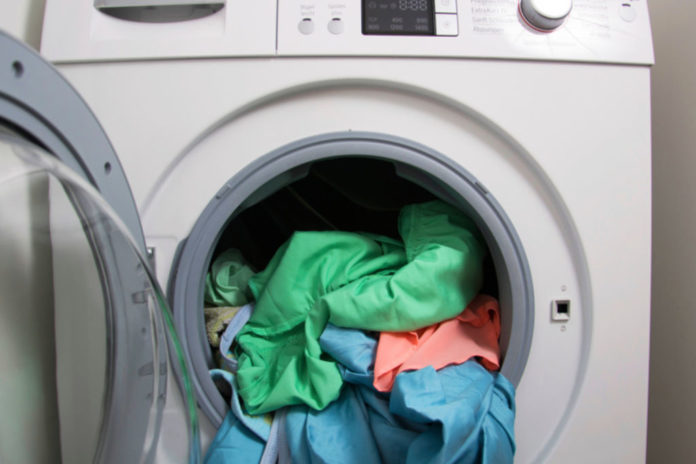
We all know it: when there is a little space left in our washing machine, it’s hard to resist the urge to add a few more shirts, but Forte says you should resist: “Clothes must circulate in your washing machine to be clean. If you fill your entire tank, there will not be enough space for the detergent to interact with the dirt and give optimal cleaning performance.
9. Use the hottest water without damaging your clothes
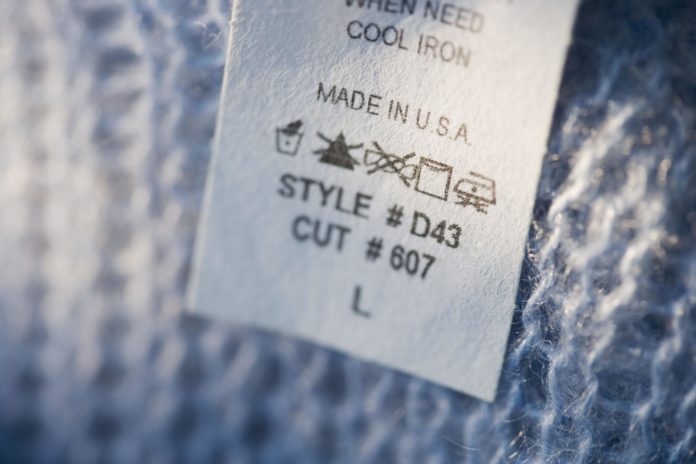
“The warmer the water, the more germs you kill,” explains Forte. Higher temperatures also remove more dirt, causing white items to fade over time. But to avoid shrinkage and damage to clothing, check the care label to see how much hot water you can use.
10. Dry the clothes according to the care label

According to Forte, excessive drying will make your clothes more worn over time, so choose your setting based on the care label. Another option? “Use the automatic cycle to stop the dryer when it feels the garment is dry, not just when the time is up,” explains Forte.
Source:
Good Housekeeping


![[Photos] Why WD-40 Is Magic In Your Garden?](https://lifetonik.com/wp-content/uploads/sites/7/2019/08/WD40-Prices-Highres_Page_8_Image_0008-218x150.jpg)
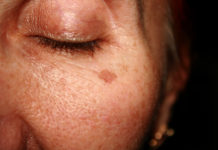




![[Photos] Take A Look Of The Obama’s New Home Before It’s Banned](https://lifetonik.com/wp-content/uploads/sites/7/2019/07/Obama1-218x150.jpg)
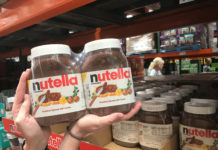
![[Slideshow] Celebrity Homes: 21 Of The Most Luxurious](https://lifetonik.com/wp-content/uploads/sites/7/2019/07/Taylor-Swift-218x150.jpg)
![[Slideshow] More Parents Are Now Gluing Pennies to the Bottom of their Kid’s Shoes](https://lifetonik.com/wp-content/uploads/sites/7/2019/07/Keep-Them-Entertained-218x150.jpeg)
![[Photos] 20 Fashion Mistakes That Too Many Women Make!](https://lifetonik.com/wp-content/uploads/sites/7/2019/07/5-style-mistakes-that-make-you-look-frumpy-featured-218x150.jpg)










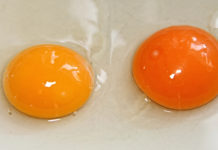
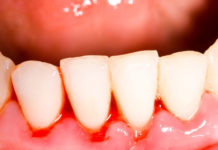







![[Gallery] 25 Discounts For Seniors To Which You Are Entitled Without Knowing It](https://lifetonik.com/wp-content/uploads/sites/7/2019/08/EAZxECUXUAAvNZR-218x150.jpg)
![[Slideshow] Here’s the salary of every governor in the United States](https://lifetonik.com/wp-content/uploads/sites/7/2019/08/Charlie-Baker-218x150.jpg)
![[Photos] No One Will Want To Buy This House After Seeing These Pictures](https://lifetonik.com/wp-content/uploads/sites/7/2019/08/terrible-real-estate-photos-2-5c35e727c9f95__700-218x150.jpg)

